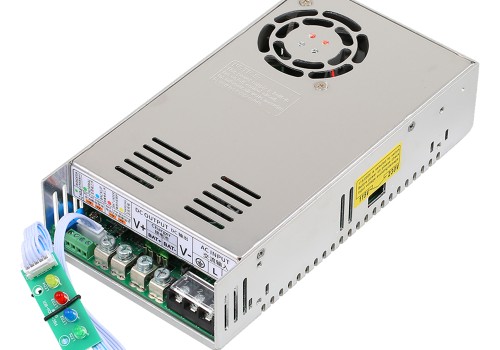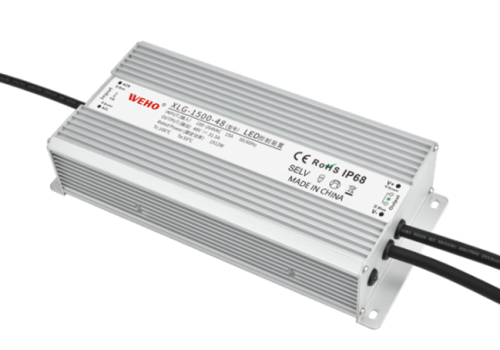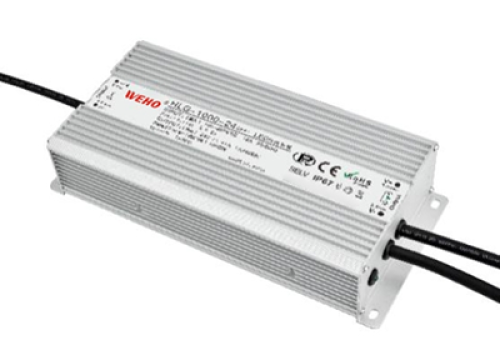Introducción
Selecting the right controlador de temperatura is essential for ensuring accurate temperature regulation and system efficiency. Whether you’re managing a home HVAC system, industrial machinery, or temperature-sensitive processes, the temperature controller plays a pivotal role in maintaining the required thermal conditions. This guide provides insights into the factors to consider when choosing the right temperature controller for your system.
What is a Temperature Controller?
A controlador de temperatura Es un dispositivo que se utiliza para regular y mantener una temperatura específica dentro de un rango determinado. Al monitorear y ajustar la temperatura de un ambiente o sistema, los controladores de temperatura aseguran que los procesos se lleven a cabo dentro de las condiciones térmicas requeridas, minimizando las fluctuaciones que podrían afectar las operaciones, la seguridad o la calidad.
Factors to Consider When Choosing a Temperature Controller
Type of Application
Before selecting a temperature controller, identify the application and system you are using it for. The type of system determines the features you need:
-
HVAC Systems: Choose controllers with integrated features like humidity control and energy efficiency settings.
-
Industrial Machinery: Look for controllers with high-precision sensors and durability to handle demanding environments.
-
Temperature-Sensitive Processes: For processes requiring exact temperature maintenance (e.g., pharmaceuticals or food production), opt for a PID controller that offers precise and reliable control.
Control Accuracy and Precision
Different temperature controllers offer varying levels of precision. In industries where temperature fluctuations can lead to product defects, investing in high-accuracy controllers is essential. For applications like laboratories or medical devices, precision controllers with PID (Proportional-Integral-Derivative) algorithms can ensure minimal temperature variance.
Temperature Range
Consider the operating temperature range of the controller. Ensure that the controller you select can handle both the minimum and maximum temperatures required for your system. Some temperature controllers are designed for high-temperature environments, while others are better suited for more moderate settings.
Response Time and Feedback Mechanisms
The response time of a temperature controller is important for applications where rapid temperature changes are required. Controllers with quick feedback loops can respond to temperature changes faster, ensuring more stable control. This feature is critical for systems where temperature consistency is paramount.
Ease of Use and Interface
Choose a temperature controller with an intuitive interface, especially if the system will be operated by non-technical personnel. Controllers with digital displays and easy-to-understand programming allow for easier set-up and adjustments, which can save time and reduce the likelihood of errors.
Durability and Build Quality
Durability is an important factor, particularly in industrial environments. Ensure that the temperature controller can withstand environmental factors like dust, moisture, and extreme temperatures. Look for controllers with rugged housings and industrial-grade components for enhanced longevity.
Eficiencia Energética
Energy-efficient temperature controllers can significantly reduce operational costs. Choose models that offer energy-saving features such as adaptive control or programmable settings that adjust based on your system’s load. This ensures that the system runs efficiently without wasting energy.
Integration and Compatibility
Ensure that the temperature controller you choose is compatible with your existing equipment. Many controllers can be integrated with other systems for a more streamlined operation. Check the communication protocols (e.g., Modbus, RS485, etc.) supported by the controller to ensure compatibility.
Benefits of Choosing the Right Temperature Controller
-
Improved Efficiency: Selecting a temperature controller suited to your needs can optimize energy consumption, reducing costs.
-
Consistency in Quality: Ensures the system maintains consistent temperature, crucial in industries like food processing, pharmaceuticals, and manufacturing.
-
Extended Equipment Life: By preventing overheating or underheating, temperature controllers help extend the life of your equipment.
-
Compliance: For regulated industries, the right controller ensures compliance with temperature-related standards.
Conclusión
Choosing the right controlador de temperatura is an important decision that impacts system efficiency, energy consumption, and product quality. By considering factors like application type, accuracy, temperature range, and ease of use, you can select the perfect controller for your needs. For more information on reliable temperature control solutions, visit weho and explore our range of advanced temperature controllers tailored for various applications.
Preguntas frecuentes
¿Cuáles son los diferentes tipos de controladores de temperatura?
Hay varios tipos, incluidos controladores digitales, controladores analógicos, controladores de encendido/apagado, controladores PID y controladores programables. Cada uno tiene características específicas adecuadas para diferentes aplicaciones.
¿En qué se diferencian los controladores de temperatura digitales y analógicos?
Los controladores de temperatura digitales utilizan microprocesadores para procesar datos de temperatura y proporcionar un control más preciso, mientras que los controladores analógicos utilizan componentes mecánicos y son menos precisos pero a menudo más rentables.
Why Is Temperature Control Important in HVAC Systems?
En entornos industriales, el control de la temperatura es esencial para garantizar la coherencia del proceso, proteger los equipos y mantener la calidad del producto. Ayuda a prevenir el sobrecalentamiento, fallas del equipo y garantiza la eficiencia de las operaciones.








